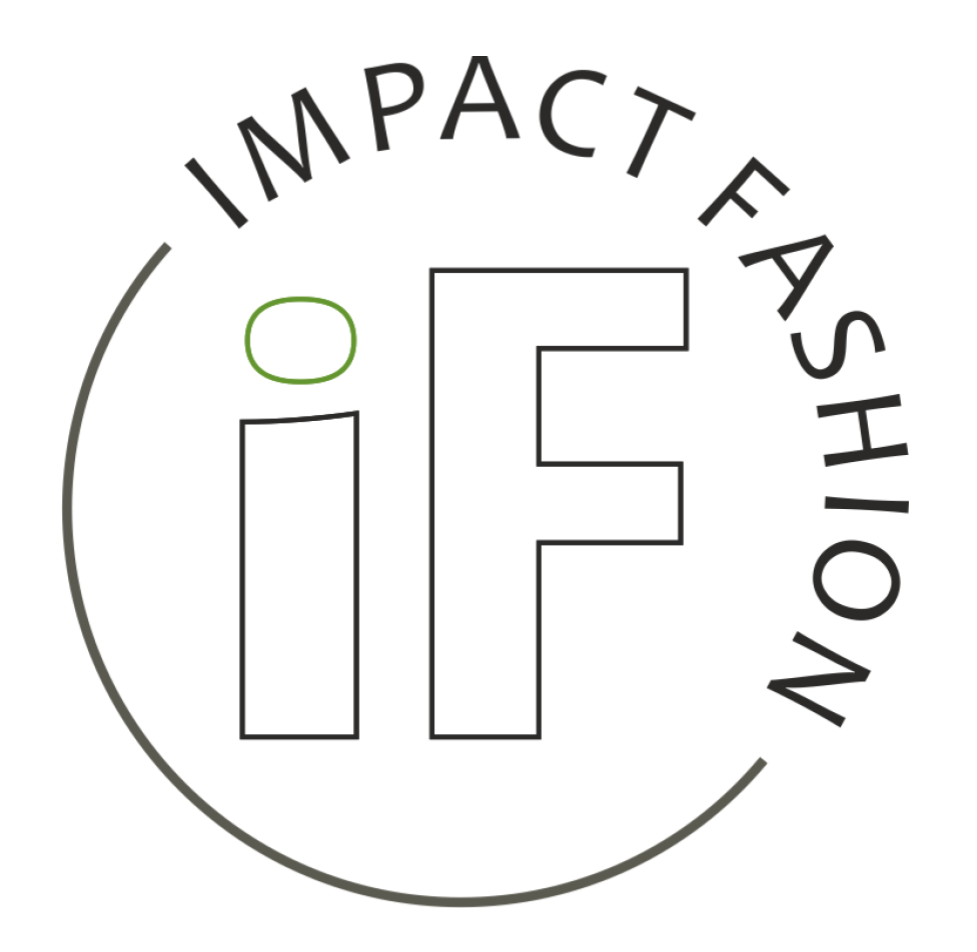The circular economy in fashion or ‘Circular Fashion’ (as it is commonly called) refers to the application of ideas, within the fashion industry, that allow waste to be reduced and enable resources (clothes, fabrics, accessories, buttons etc) to be kept in use for as long as possible.
Circular Fashion relates to the ways that circular economy thinking is applied within the fashion sector, and, for the purpose of this website, textiles more broadly.
Applying circular thinking into the fashion industry is particularly of interest, as the whole industry grapples with minimising its much discussed environmental impact.
According to the Ellen MacArthur Foundation’ ‘Vision of a circular economy for fashion’ report’, a circular economy for fashion or a circular fashion system “means ensuring that products (apparel, footwear, accessories) are used more, are made to be made again, and are made from safe and recycled or renewable inputs”. The report outlines that a circular economy for fashion has the potential to “create better products and services for customers, contribute to a resilient and thriving fashion industry, and regenerate the environment”. It is for this reason that the circular economy is garnering interest from fashion brands, businesses, influencers and other parties within the fashion industry.
This interest in an industry that embraces circular economy has led to experts forecasting, in the 2021 update on the State of Fashion, that the circular economy will move “from the fashion fringes towards centre stage”.
As this happens and the circular economy becomes mainstream in fashion, it will become increasingly important to document how fashion businesses are embedding the circular economy to enable learning across the industry. This is one of the reasons that Impact Fashion was created.
